| BIRD | WINGSPAN (M) METRES | |
|---|---|---|
| 10 | HIMALAYAN VULTURE | 3.1 |
| 9 | MARABOU STORK | 3.2 |
| 8 | NORTHERN ROYAL ALBATROSS | 3.2 |
| 7 | ANDEAN CONDOR | 3.3 |
| 6 | ANTIPOEDAN ALBATROSS | 3.3 |
| 5 | TRISTAN ALBATROSS | 3.5 |
| 4 | DALMATION PELICAN | 3.51 |
| 3 | SOUTHERN ROYAL ALBATROSS | 3.51 |
| 2 | GREAT WHITE PELICAN | 3.6 |
| 1 | WANDERING ALBATROSS | 3.7 |
#10. HIMALAYAN VULTURE (3.1M)
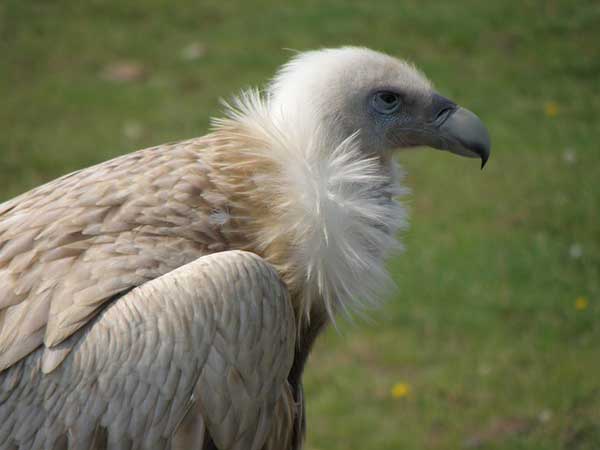
For the 10th spot on our list, we have the Himalayan Vulture, also known as the Himalayan Griffin Vulture, which has a wingspan of 3.1m. As suggested by its name, they are native to the Himalayas in Asia.
The Himalayan Vulture is known to search mostly for its food in the Himalayan Mountains, and unlike other birds, the Himalayan Vulture isn’t capable of sustained flapping-flight. As it is common with vultures, this bird feeds only on old carcass, and will wait beside it for some days before feeding. The Himalayan Vulture is also a man-eater, as it usually fed on dead human parts which were left out on the Celestial burial grounds in Tibet.
#9. MARABOU STORK (3.2M)

For the 9th spot on our list, we have the Marabou Stork, also known as the Undertaker Bird, when due to it appearance when viewed from behind. It has a wingspan of 3.2m and is native to Africa.
The Marabou Stork is a scavenger and feeds on anything from faeces, insects and even the carcasses of other birds like the doves and flamingoes. Due to urbanisation, they can also be found in landfill sites feeding on garbage, scraps of metal or getting handouts from humans.
#8. NORTHERN ROYAL ALBATROSS(3.2M)
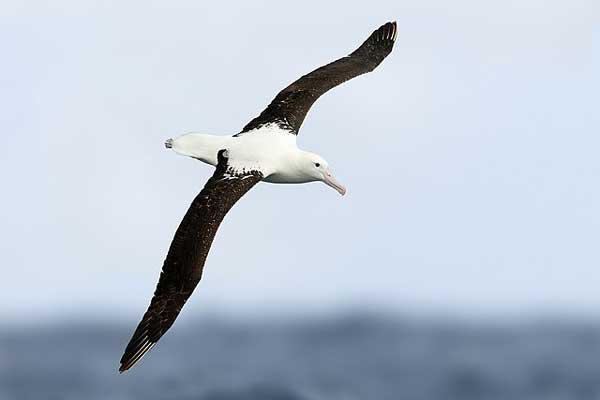
For the 8th spot we have the Northern Royal Albatross, which has a wingspan of 3.2m. It is native to New Zealand.
They feed mainly on fish, crabs and have a particular liking for squids, which is more 60% of their diet. They dont mate until they are 8 years old and are also declared as an endangered.
#7. ANDEAN CONDOR(3.3M)
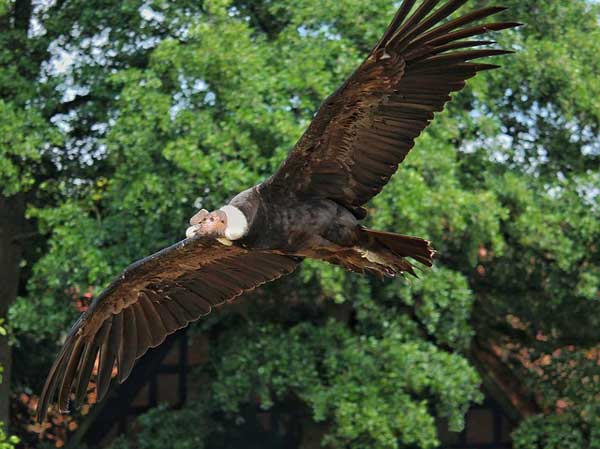
For the 7th spot on our list we have the Andean Condor which has a wingspan of 3.3m. It is native to the Andean Mountains of South America and is also a national symbol to many countries in the region such as Bolivia and Peru.
The Andean Condor is a scavenger and also a bird of prey i.e. it hunts and feeds of prey which are large relative to its size which include the carcasses of deers, cows, llamas, sheep and alpacas. They are also known to have a long-lifespan and can live up to 70 years old.
#6. ANTIPODEAN ALBATROSS(3.3M)
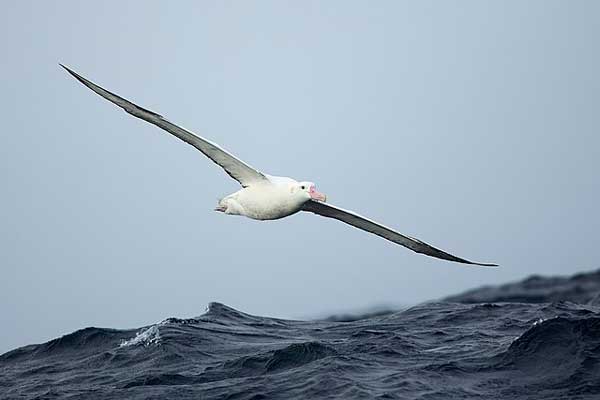
For the 6th spot on our list we have the Antipodean Albatross which has a wingspan of 3.3m. They can be found across the South Pacific across the Antipodes Island, Australia, New Zealand to even Chile.
They feed mainly on squids, octopuses and cuttlefish and, to a lesser extent, fish.
#5. TRISTAN ALBATROSS(3.5M)
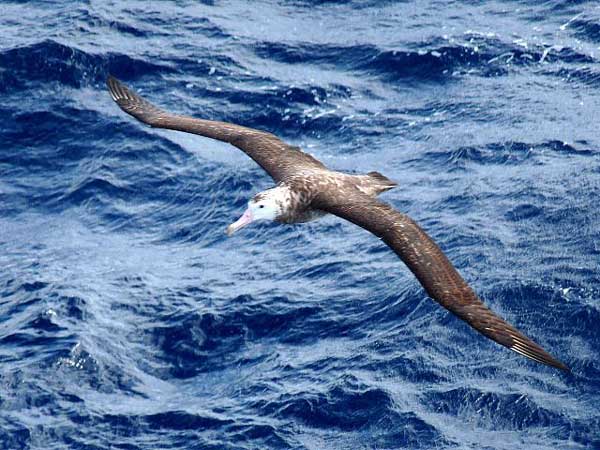
For the 5th spot on my list we have the Tristan Albatross which has a wingspan of 3.5m. They range all the way from South Africa to South America.
The Tristan Albatross feed mainly on fish and sometimes squids and octopus. They are monogamous birds and, as such, maintain one breeding partner for life. They start breeding at about 10 years of age and lay eggs bi-enially. When observed inflight at sea they are completely indisistinguishable from the wandering albatross and thus it makes it quite challenging for scientists to accurately track and observe them.
#4. DALMATIAN PELICAN(3.51M)
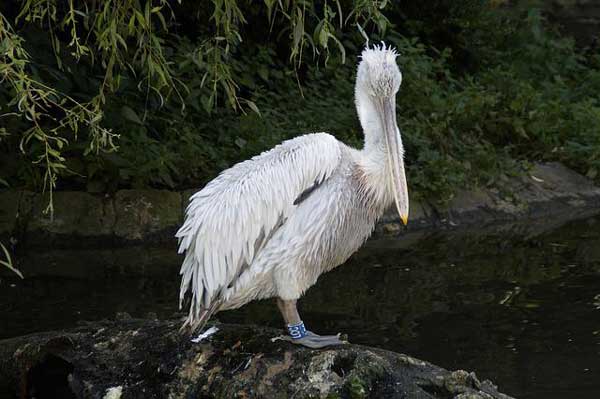
For the 4th spot on our list we have the Dalmatian Pelican which has a wingspan of 3.51m, they are the largest species of pelicans. They are native to the Eurasian region all the way from Siberia to the Persian Gulf and are usually found in freshwater habitats like rivers and lakes. They are also noted for their constantly dishevelled appearance.
The Dalmatian Pelican is a very social bird, and they are known to travel in great beautiful flocks. They feed mainly on fish and have a particular liking for eels and catfish.Despite being highly social creatures during breeding season, they tend to nest in small groups or sometimes alone.
#3. SOUTHERN ROYAL ALBATROSS(3.51M)
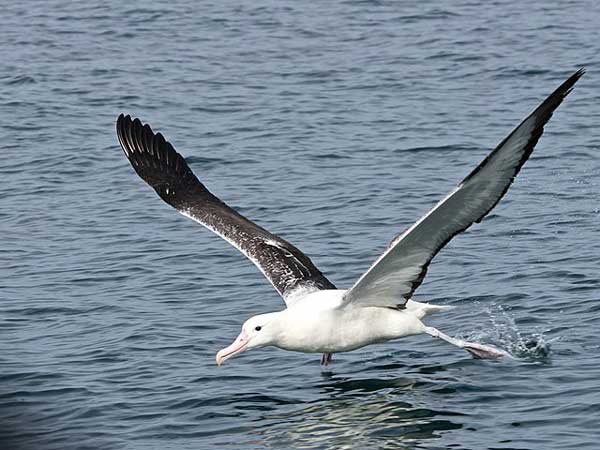
For the 3rd spot on our list we have the Southern Royal Albatross which has a wingspan of 3.51m. They can be found across the oceans of South America to Newzealand, but nest in the Campbell Islands, a sub-antarctic island.
They feed mainly on fish, squid and sometimes crabs and crayfish. They also breed biennially laying one egg, usually between the November and December periods, and upon the egg hatching, the parents provide for the offspring for about 240 days before the bird can fly on its own.
#2. GREAT WHITE PELICAN(3.6M)
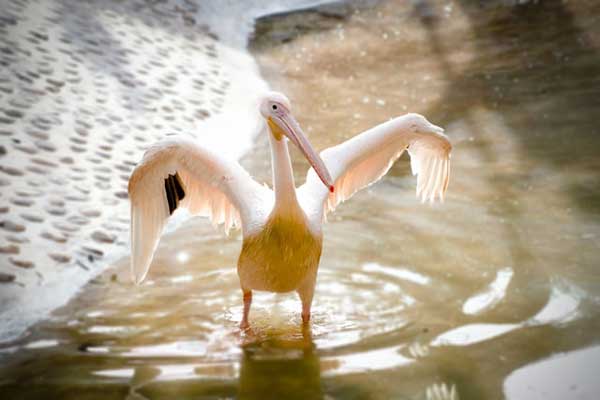
For the 2nd spot on our list we have the Great White Pelican also known as the rosy pelican, which has a wingspan of 3.6m. They can be found across shallow swamps in Africa, Asia and Southeastern Europe.
The Great White Pelican are very social and beautiful birds as they are usually found in large flocks. They feed mainly on fish, although they can be quite opportunistic as they sometimes feed on pigeons, seagulls and prey of other birds. They are also highly suited to the marine life as they feed together in groups of 6 to 8, dipping their beaks in unison to get fish.
#1. WANDERING ALBATROSS(3.7M).
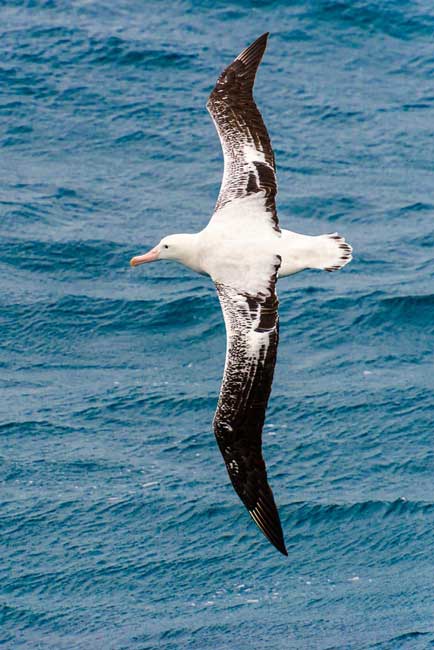
For the 1st spot on our list we have the Wandering Albatross or snowy albatross which has a wingspan of 3.7m, it is the largest bird in the world by wingspan. They are usually found across the Southern Ocean.
Due to its expansive wingspan length, Wandering Albatrosses can spend an extended time unlike other birds just gliding without flapping its wings. Also, unlike other birds, they tend to feed farther out at sea, due to their amazing gliding capabilities. Similarly to most other albatross species, they feed mainly on small fish, squids, octopus, crabs and shrimp. They usually start breeding within 11 to 15 years of age and are also monogamous, thus sharing one partner for a lifetime or until death do them part. They are also amongst the longest living birds as they can live for more than 40years!!!.
Thank you once again my dear readers for reading our article. If you have any favourite bird in the list that you like or have seen, please feel absolutely free to share your thoughts in the comment section below.
